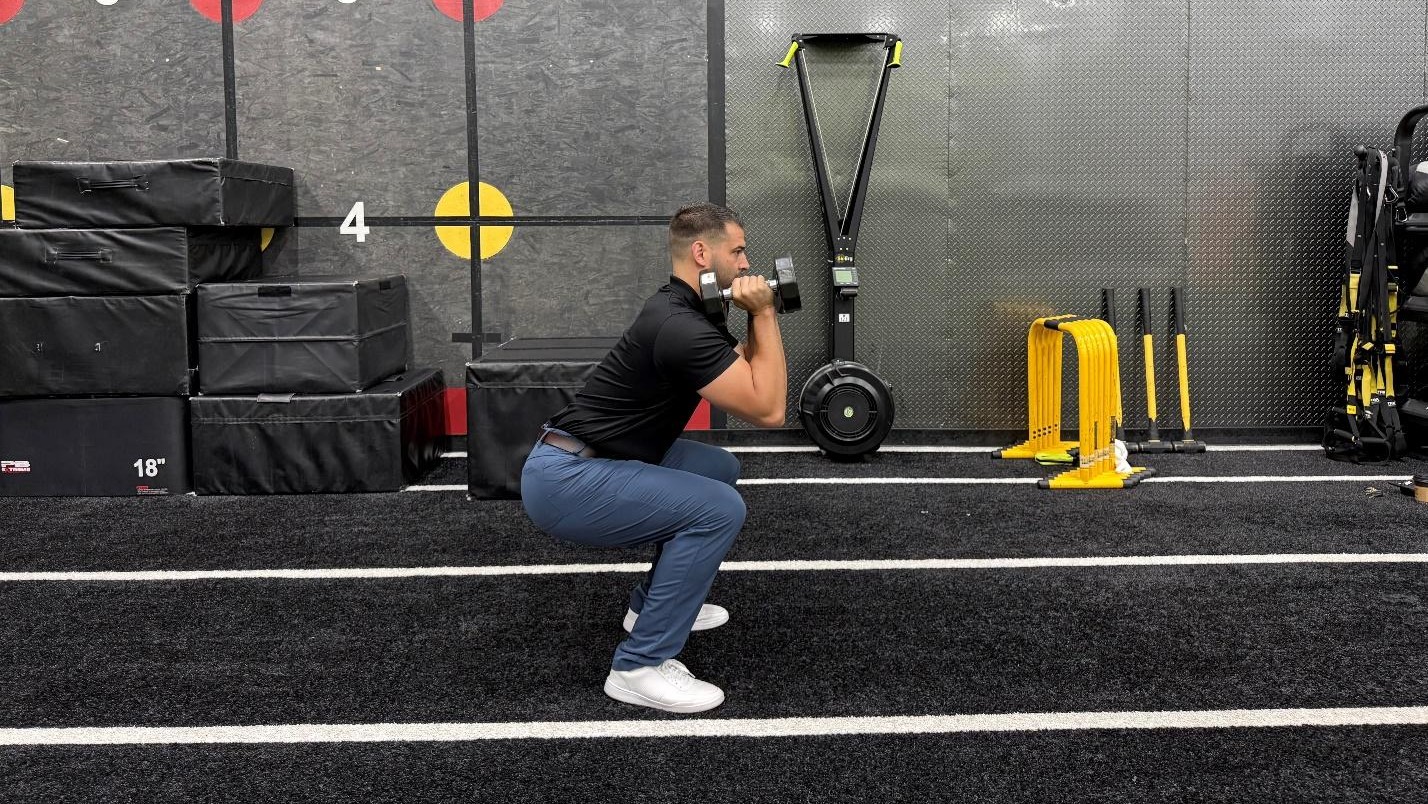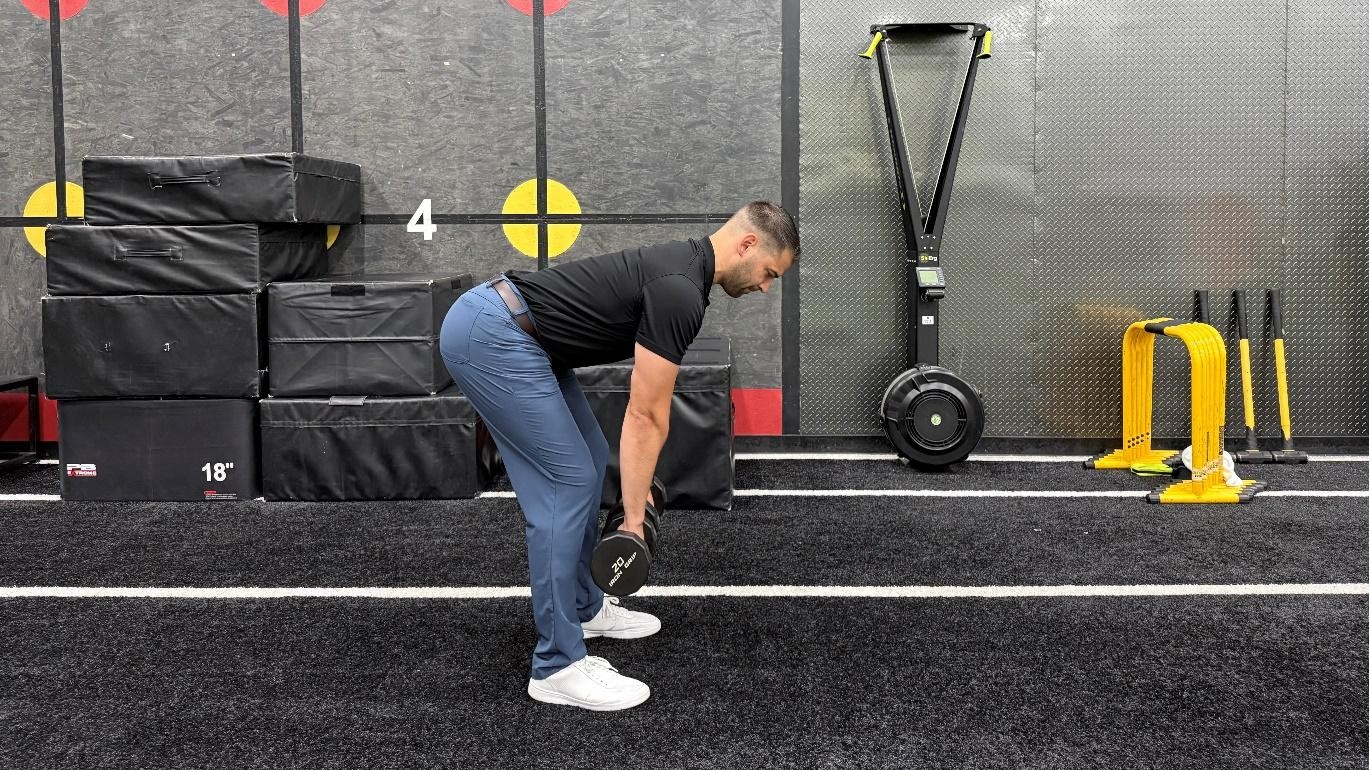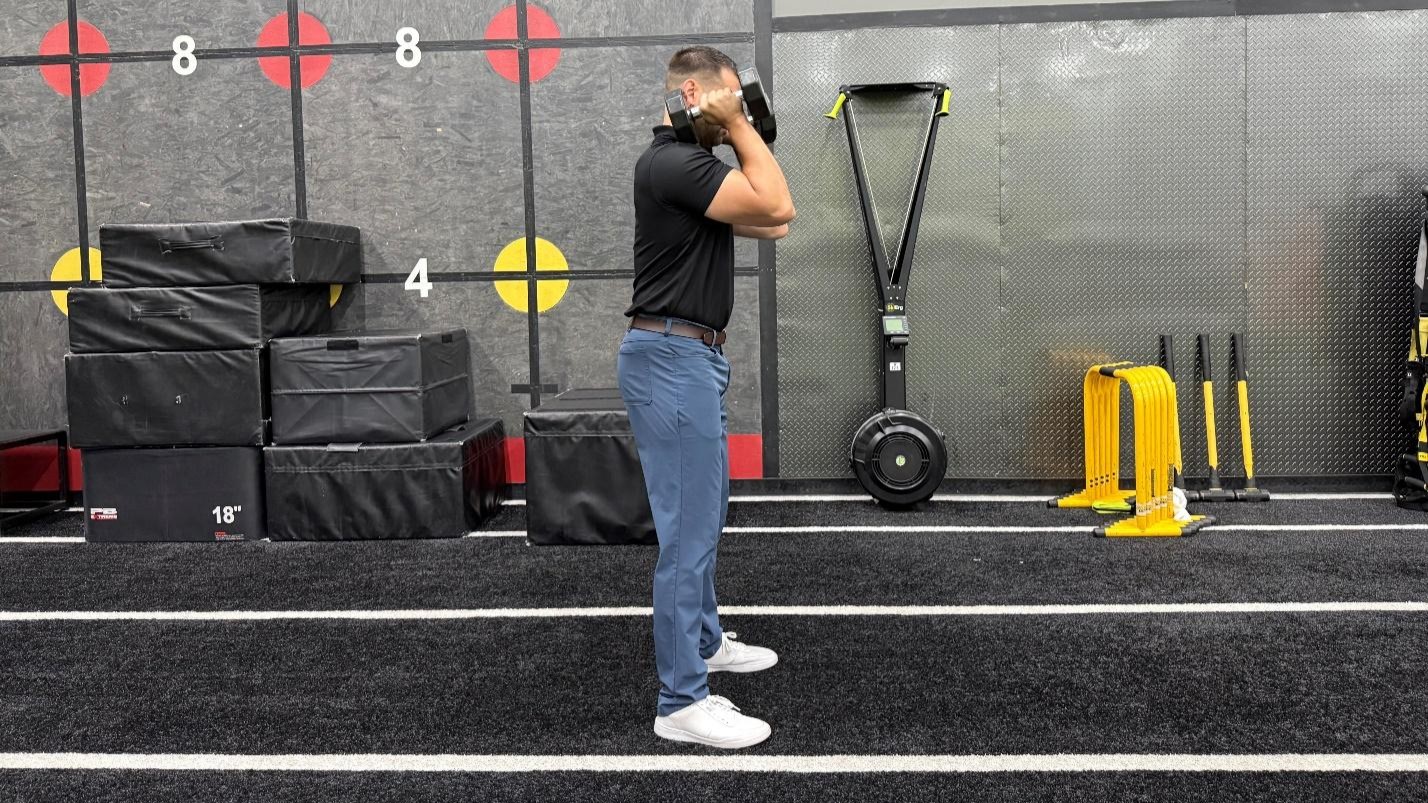
At Fit&Well, we are great believers that you don’t need a gym membership to experience the benefits of exercise. But great things happen to your body when you’re able to (safely) lift heavy things. Just listen to Professor Michael Snyder PhD, a longevity expert who recommends strength training consistently into old age.
“You want to keep your muscle mass up throughout your life because it really generates a lot of very useful hormones,” he told Fit&Well last year. “They call them mitokines or exerkines, these molecules that are very beneficial for you."
And the 69-year-old Snyder takes his own advice, too. “I strength train for around 45 minutes per day,” he says. “I do heavy days and light days, mostly focusing on exercises around the shoulders and spine like overhead presses and squats. I lift pretty heavy weights so it does help build a lot of strength.”
But it’s wise not to jump straight in with barbells and the heaviest weight you can manage. It’s important to gradually build up the strength you need to perform the exercises with correct form to avoid injury.
I asked personal trainer and manager of Bay Club Portland, Zack Dzingle, for where to start when building the lower-body strength to pick up your first barbell. He recommends starting with a set of dumbbells and employing these three simple moves.
The first movement introduces you to the hip hinge movement used in the deadlift. The second ratchets up the difficulty of a weighted squat, while the third uses your legs to assist with lifting a weight overhead, in both of those cases providing a useful stepping stone to graduating to using a barbell to perform a back squat and a strict overhead press.
1. Romanian deadlift


How to do it:
Start your week with achievable workout ideas, health tips and wellbeing advice in your inbox.
- Stand with your feet hip-width apart, holding dumbbells in front of your thighs with your palms facing you.
- Keeping your back straight and a slight bend in your knees throughout, push your hips back to lower the dumbbells down your legs.
- Stop once you feel a stretch in your hamstrings (the muscles on the backs of your thighs) and you can’t lower the dumbbells any further without rounding your back.
- Pause, then squeeze your glutes and push your hips forward to return to the start.
Why Dzingle recommends it: “Hinge movements are essential to build up the posterior chain,” says Dzingle. “I love using this exercise to teach clients how to hinge correctly, which is important to master before moving to the barbell for deadlifts. You will learn the mind-muscle connection to your hamstrings with this movement.”
2. Pump squat




How to do it:
- Stand with your feet a little wider than hip-width apart, resting dumbbells on your shoulders with your elbows bent and pointing forward.
- Engage your core, then push your hips back and bend your knees to lower until your hips are in line with your knees. Keep your torso up, your weight over your heels and don’t let your knees cave in.
- Push through your heels to come up halfway back to standing, then drop back down so your hips are in line with your knees again.
- Push through your heels to return to standing.
Why Dzingle recommends it: “This move takes the standard squat a little bit further by creating more time under tension, turning the glutes on,” says Dzingle. “By going from full to half to full and back up, your muscles have to work harder than with a typical squat.”
3. Thruster



How to do it:
- Stand with your feet a little wider than hip-width apart, resting dumbbells on your shoulders with your elbows bent and pointing forward.
- Engage your core, then push your hips back and bend your knees to lower until your hips are in line with your knees. Keep your torso up, your weight over your heels and don’t let your knees cave in.
- Push through your heels to stand up explosively, and use the momentum to push the dumbbells overhead.
- Lower the dumbbells under control.
Why Dzingle recommends it: “Thrusters throw power into the finish of the squat as you pop the dumbbells overhead at the end,” says Dzingle. “It's a solid exercise that gets the heart rate up.”

Zack Dzingle is an ACE-certified personal trainer and is the general manager of Bay Club Portland. He graduated from Central Washington University in 2012, majoring in exercise science. Dzingle has been a certified personal trainer for 14 years and has trained a wide variety of clientele from athletes to senior adults.

Lou Mudge is a Health Writer at Future Plc, working across Fit&Well and Coach. She previously worked for Live Science, and regularly writes for Space.com and Pet's Radar. Based in Bath, UK, she has a passion for food, nutrition and health and is eager to demystify diet culture in order to make health and fitness accessible to everybody.
Multiple diagnoses in her early twenties sparked an interest in the gut-brain axis and the impact that diet and exercise can have on both physical and mental health. She was put on the FODMAP elimination diet during this time and learned to adapt recipes to fit these parameters, while retaining core flavors and textures, and now enjoys cooking for gut health.
You must confirm your public display name before commenting
Please logout and then login again, you will then be prompted to enter your display name.
